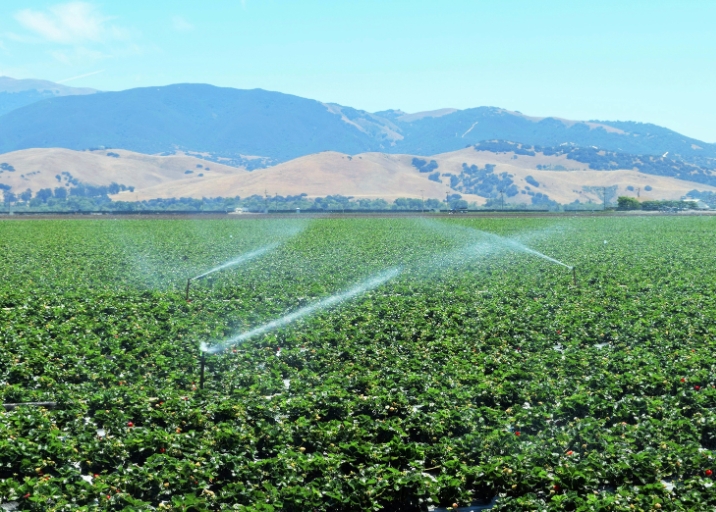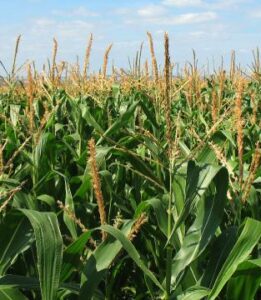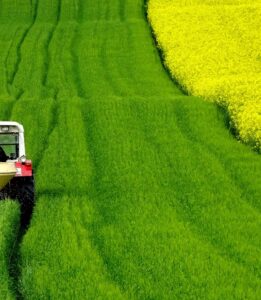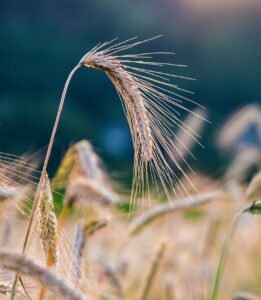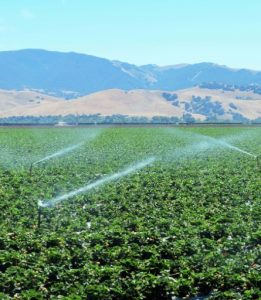By Ben Geman
Adaptation can’t outrun climate change, and rich farming nations — including the U.S. — face jeopardy despite their resources, according to a major new paper on global warming and crop production.
Why it matters: It’s the first look at climate effects on staple crops to weigh farmers’ “real-world adaptation measures” and fold them into projections of future damage, a summary states.
- The Nature paper projects losses for all staples analyzed except rice, though there’s lots of regional variation.
The big picture: The paper estimates that for every 1°C of temperature rise, global food production capacity falls by 120 calories per day per person.
- “If the climate warms by 3 degrees, that’s basically like everyone on the planet giving up breakfast,” said co-author Solomon Hsiang, a Stanford environmental policy professor, in a statement.
- Hot and relatively low-income regions are showing more adaptation to date than wealthier breadbaskets in more moderate climates. That’s one reason future risks are so high.
State of play: The authors analyze over 12,600 regions in 54 countries, looking at six staple crops — corn, soybeans, rice, wheat, cassava and sorghum.
- It’s “one of the most comprehensive samples of subnational crop yields ever assembled,” the study states.
- It sees future gains in some areas, but declines on a global basis for most crops.
Threat level: One reason for the conclusions? Realism.
- A clear-eyed look at how farming evolves is needed, the paper states, comparing its work to prior models that assume optimal responses.
- In reality, financial constraints, market failures, human error and more influence farming.



